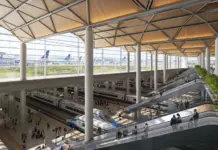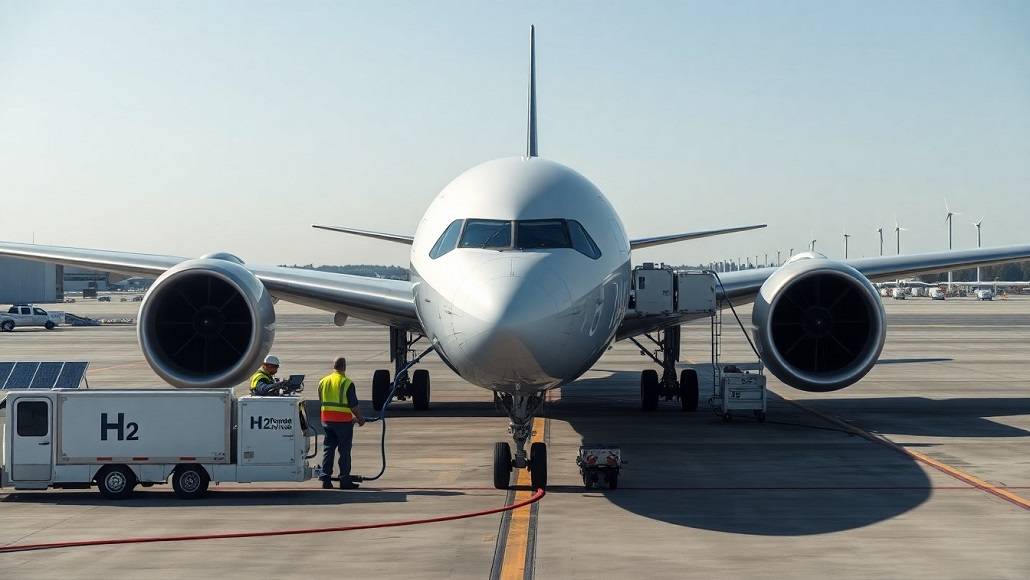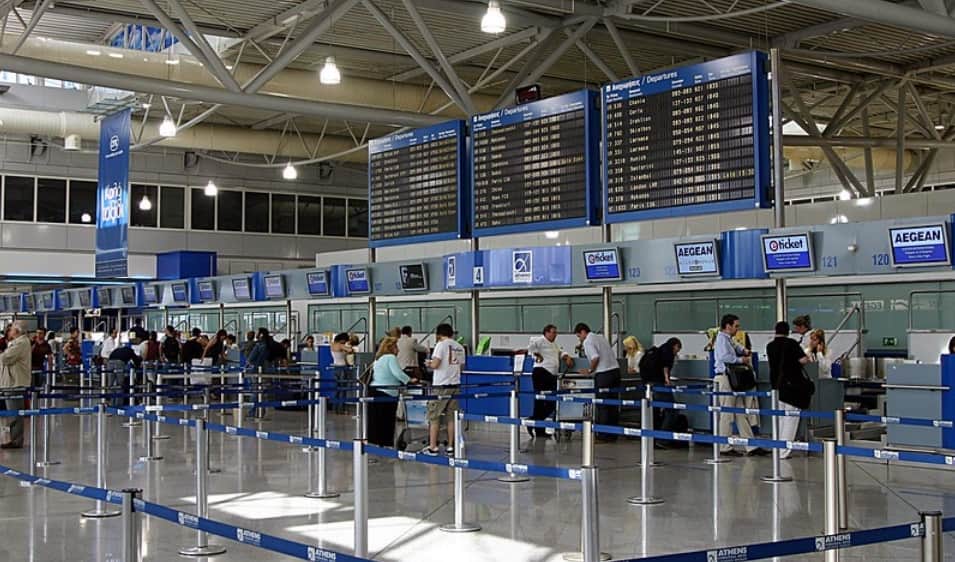When airports are being built, the information technology systems are often the last item to be repaired. Because of this, airport executives are under a great deal of pressure to complete the installation of the information technology systems on time; otherwise, the project will not be completed on time.
Despite the fact that information technology systems are inherently sophisticated, they are becoming an increasingly significant factor in the success of large airport expansion projects. IT executives are not content to just wait around until the building is finished since they are tasked with reducing expenses and completing projects in a more expedient manner.
Many airports are establishing “integration laboratories” in order to assist with the installation of information technology systems prior to their deployment in the field. In this way, they are able to have their technological systems ready more quickly.
How does a laboratory for integration function?
An integration lab is a space where individuals may collaborate with one another. There are restricted off-site facilities where airport authorities’ information technology teams may catalog, test, and program hundreds or even thousands of devices. These places are off-site. Creating a proof of concept at an early stage in the life cycle of the growth program is the primary objective, which will ultimately be addressed.
Airport authorities fill in vacant ground on or near the airport site in order to make room for the construction of an integration lab. Technology is organized, labeled, and set up in the appropriate ways. A chief technology officer or an information technology specialist at the airport is in charge of the lab, which provides a secure environment for testing and arranging a variety of technological systems.
They might also investigate potential cyber threats and devise strategies to protect themselves against malware and other vulnerabilities; test backup plans in the event that hardware or wiring fails; or prepare for operational readiness by instructing IT workers and outside help desks.
In what ways are integration labs advantageous and disadvantageous?
Integration laboratories are locations where those in control may come up with and experiment with new approaches for different system firms to collaborate with one another. As a result of the fact that any connected device may be troubleshooted while sitting next to each other, the procedure of setting up the device is simplified. In the event that the authority does not take immediate action, the devices can be placed in locations that are thousands of feet apart from one another.
The process of listing, tagging, and organizing all of the devices is simplified when the setup is streamlined. Workers are provided with a fast and simple method to set up information technology systems by using plug-and-play technology.
Additionally, with the assistance of the lab, airport administrators are able to maintain a record of naming standards, software update methods, and other programming-related regulations. Rather than delegating work to third-party firms, the laboratory provides its authority personnel with more control over its technological systems.
Integration laboratories provide airport authorities with a number of challenges that are not shared by other airports. The responsibility of purchasing devices, ensuring that they are compatible with one another, writing software, and identifying them should be delegated to the IT personnel.
Furthermore, the airport must have a secure location that is easily accessible from the construction site in order to meet the requirements. Additionally, this location must have sufficient storage room to accommodate the tools that are given by the government. It is necessary to maintain regular communication with the low-voltage supplier in order to guarantee that the devices will be relocated on time and in accordance with the construction design.
Technology’s contribution to Orlando International Airport’s success
A laboratory for integration was constructed by the Greater Orlando Aviation Authority (GOAA) in order to assist in the construction of the $2.8 billion South Terminal C at Orlando International Airport.
In the course of constructing the 15-gate, 1.8 million-square-foot airport, the project team assembled hundreds of cutting-edge technological systems. It was a considerably larger investment than the authority had ever undertaken before, yet the Greater Orlando Aviation Authority purchased technology worth fifty million dollars for this megaproject.
GOAA was responsible for the creation of devices and ensuring that technology systems adhered to the appropriate authorization requirements and were compatible with their existing software systems after the integration lab had been established. In order to verify the connections and connectivity, each and every device that was part of the system was connected.
Because it assisted them in establishing one of the first Passive Optical Network (PON) systems at a North American airport, the integration lab was of utmost significance to the GOAA. This laboratory demonstrated the capabilities of the high-speed fiber-optic network technology as well as how it operates. Through the use of redundancy testing and the simulation of PON systems in the laboratory, GOAA was able to determine the causes of network disruptions.
Rather than waiting until the fiber-optic network spanned the whole airport facility, GOAA saved a significant amount of time and money by containing all of the tools in a single room.
A solution to the ever-increasing complexity of information technology systems
All aspects of airport management, including assisting passengers in finding their way, purchasing tickets, and handling luggage, as well as managing the back office and operating the runway, are significantly impacted by the use of technology systems. There is a complex interaction between cameras and entrance control systems, each of which has its own network. This interaction is necessary for the operation of security systems.
Having a large number of systems that are interconnected may be highly challenging for airport authorities and the employees that work there. Since the size and complexity of technological systems continue to increase, a significant number of project managers are confronted with increased risks of cost overruns or delays in the schedule.
Although integration labs are not always the most effective method to carry out tasks at airports, directors of large capital initiatives have to give them some consideration, particularly for enhancement projects that are funded by large amounts of technology.
When there is a tight timetable for the construction of a building, integration rooms are an excellent method to reduce the amount of time spent on installation and to improve the whole process of integration. This results in a significant amount of time being saved.


























